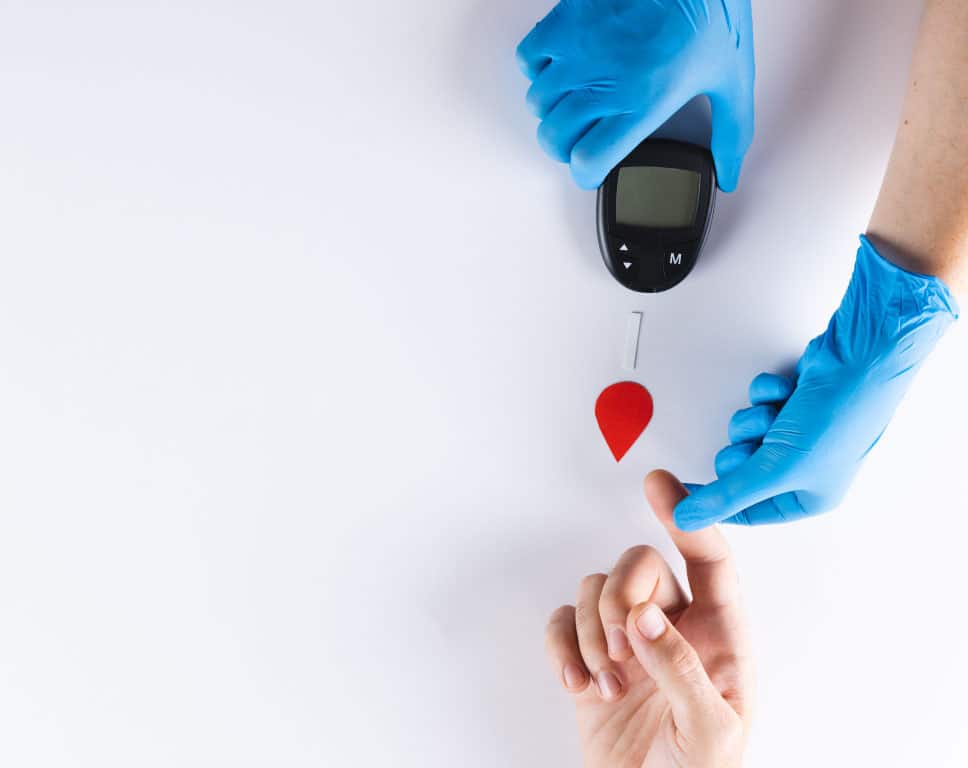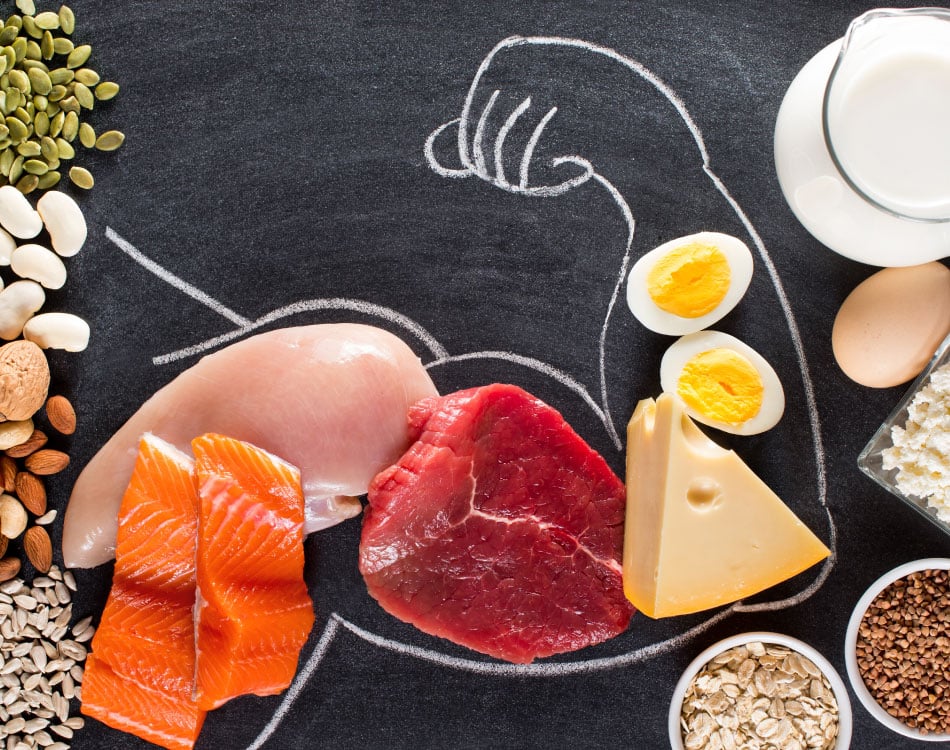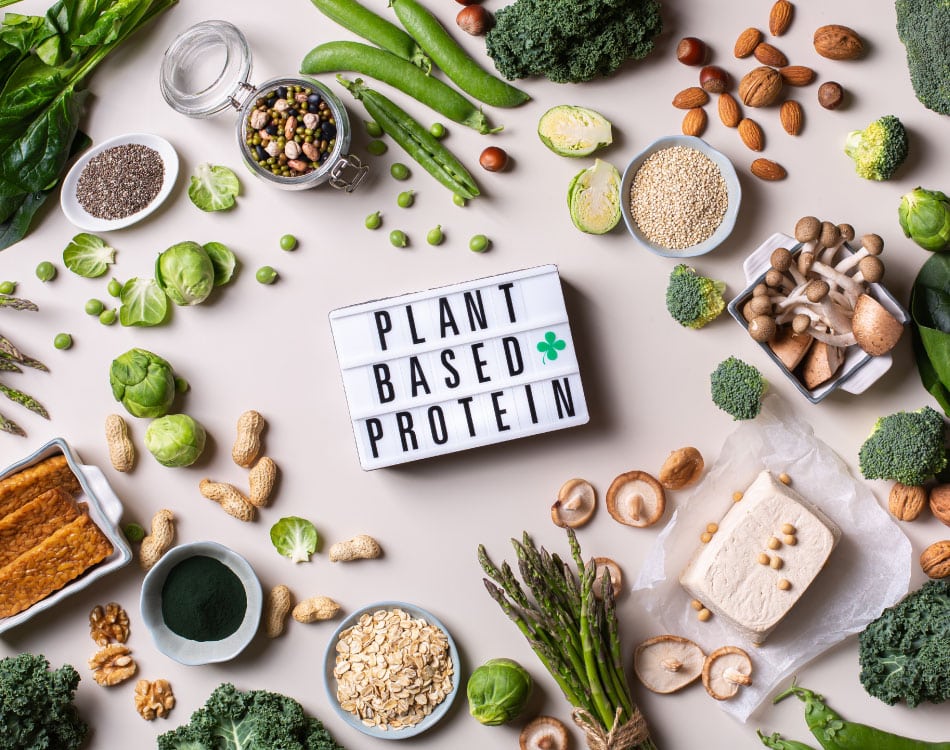While carbs and sugar have a bad reputation, glucose plays a important role in regulating our metabolism.
Glucose is the body’s primary energy source used to fuel everything from brain function to muscle movement1and it also plays a crucial role in our metabolism. It is also a key signalling molecule.
The amount of glucose that enters our body affects various metabolic processes, from energy production and storage to fat burning.
Carbs to Glucose
Glucose is a simple sugar that we primarily get from carbohydrate-based foods, drinks and supplements, whether they are complex or simple carbs and sugars.
The multi-stage process that breaks down carbohydrates into glucose begins in the mouth and continues through the small intestine, where enzymes break down the bonds that hold carbohydrate molecules together.
The final substance left following digestion is glucose, which is then absorbed through the walls of the small intestine and into the bloodstream.
From the bloodstream, glucose is transported to cells throughout the body, where it is used to meet our energy needs.
Sugar Spikes and Energy Dips
If we eat or drink simple carbohydrates, the body quickly breaks them down and releases the bulk of the sugar into the blood at once, causing a sugar spike, followed by an energy crash.
In contrast, complex carbs take longer to digest and break down, which leads to a slower release of glucose into the bloodstream for sustained energy.
The glycaemic index (GI) ranks foods based on how quickly they raise our blood sugar levels.
Low-GI foods are generally the complex carbs that release energy slowly, helping to keep your levels steady. The closer a food is to its natural state, the better. High-GI foods cause those sugar spikes and energy dips.
Storing Glucose
When glucose enters the bloodstream, the pancreas releases a hormone called insulin, which pulls glucose into the liver and muscle cells.
Following exercise, our bodies become even more sensitive to insulin, which allows muscle cells to more easily absorb circulating amino acids from protein to support the muscle repair and building process.
These amino acids enter the muscle cell with the glucose molecules used to replenish depleted energy stores. Our body mainly stores glucose in muscle cells in the form of glycogen, which is a substance formed when multiple glucose molecules combine.
The liver is the other main glycogen storage site in the body. If these glycogen stores are full, excess unused glucose is converted into fat and stored in adipose tissue.
Readily Available Energy
When blood sugar drops and we need energy, the pancreas releases glucagon. This hormone signals the liver to release stored glycogen, which the body quickly and efficiently converts back into glucose to enter the bloodstream, providing a readily available fuel source during activities, including exercise.
Carbohydrates are also involved in the production of various neurotransmitters, which are essential for proper brain and central nervous system (CNS) function2.
These neurotransmitters, including dopamine and norepinephrine, play important roles in our ability to maintain focus, and for coordination and movement.
Metabolic Issues
The efficiency of these energy-regulating metabolic processes and our ability to maintain healthy blood glucose levels depends on our insulin sensitivity.
Poor insulin sensitivity can result in blood sugar spikes, as your body is unable to effectively utilise all the glucose circulating in your bloodstream.
If this blood sugar dysregulation continues over prolonged periods, the disruption to glucose metabolism can cause various health issues.
The most common health conditions linked to poor blood glucose regulation include:
- Type 2 diabetes
- Hypoglycaemia (low blood sugar)
- Metabolic syndrome (a cluster of conditions including high blood sugar, obesity, and high cholesterol that can increase your risk of cardiovascular disease).
In addition, your ability to regulate your blood glucose levels directly impacts muscle growth and recovery, and those with insulin resistance typically also struggle to lose weight.
Support Healthy Glucose Metabolism
When our glucose metabolism works efficiently, our body can use sugar for fuel without excessive spikes and crashes.
Effective ways to support healthy glucose metabolism include eating balanced meals that combine complex carbohydrates with fats or proteins and limiting your intake of simple carbs and sugars to before and during prolonged or intense exercise.
It is also beneficial to eat most of your carbs after workouts to replenish glycogen stores while limiting your carb intake at other meals throughout the day, especially before bed.
Regular exercise is one of the best ways to support glucose metabolism. Strength training increases muscle mass, which improves glucose uptake while cardio burns circulating glucose in the bloodstream. High-intensity interval training (HIIT) boosts insulin sensitivity and helps regulate blood sugar.
You can also help maintain normal blood glucose levels and metabolise carbohydrates more efficiently with a supplement like Biogen Chromium Picolinate.
References:
- Richter, E. A., & Hargreaves, M. (2013). Exercise, GLUT4, and Skeletal Muscle Glucose Uptake. Physiological Reviews. https://doi.org/PRV-00038-2012.
- Wurtman RJ, Wurtman JJ. Brain serotonin, carbohydrate-craving, obesity and depression. Obes Res. 1995 Nov;3 Suppl 4:477S-480S. doi: 10.1002/j.1550-8528.1995.tb00215.x. PMID: 8697046.















